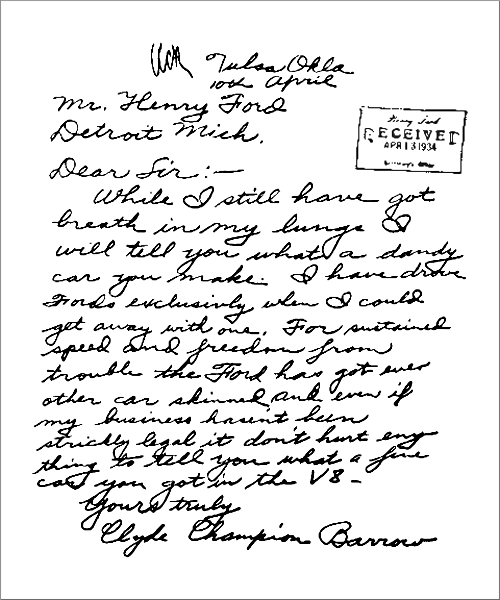 |
| Walkerville Publishing owners Chris Edwards and Elaine Weeks. |
Chris Edwards and Elaine Weeks say that "5,000 Ways is not meant to be an encyclopedia or an almanac. Our book is more of a personal exploration of life in Detroit primarily after World War II based on an eclectic collection of Detroit stories and photos." Each chapter has a narrative that provides relevant historical context with photographs and lists to enhance the reader's experience.
5,000 Ways is not chronological but thematic in its organization. The book can be read cover-to-cover, but it makes a great "jump around" book too. The scope is so broad that no matter how you experience it, you're certain to learn things about the Motor City that will delight and educate you. Of course, the automobile business is well-represented, but chapters on Detroit's music scene, pop culture, fads, shopping centers, and local television personalities will delight young and old alike. But this book doesn't shy away from the city's tragic history and strives to give a balanced account of race relations in the city.
When people discover I'm from Detroit, I often get a condescending response. Too many Americans know Detroit only through photographs of the city's urban ruins at the end of the last century, but they fail to acknowledge the great strides Detroit has made in the twenty-first century. The City of Detroit has a legacy and cache that younger generations of Detroiters and Europeans recognize and are excited about. 5,000 Ways goes a long way to rekindle an appreciation for a wounded city too tough to die.
5,000 Ways is available at select bookstores in the Detroit or Windsor area.











